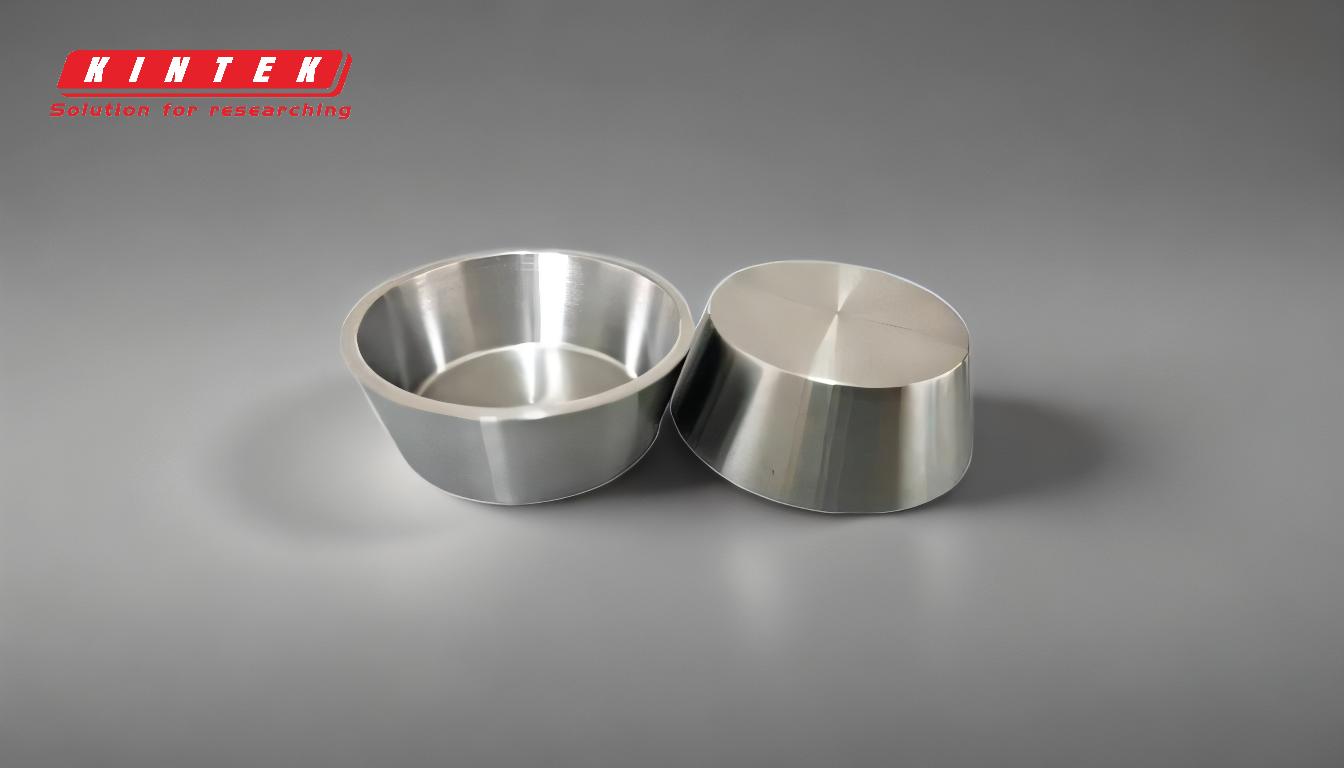At its core, evaporation coating is a process where a source material is heated in a high-vacuum chamber until it vaporizes. This vapor then travels through the vacuum and condenses onto a cooler target object, known as a substrate, forming an exceptionally thin and uniform film.
The central challenge of evaporation coating isn't simply turning a solid into a gas. It's about precisely controlling heat and a vacuum environment to transport vaporized material onto a substrate, resulting in a high-purity film with specific, engineered properties.
The Fundamental Principles of Evaporation Coating
The entire process, a form of Physical Vapor Deposition (PVD), can be broken down into a distinct sequence of events that leverages basic physics within a highly controlled environment.
The Three-Step Sequence
First, energy is applied to a source material, causing it to evaporate (or sublimate) into a gaseous state. Second, these vaporized particles transport through the vacuum chamber. Finally, upon reaching the cooler substrate, the vapor condenses back into a solid, forming the desired thin film.
The Critical Role of the Vacuum
This process occurs in a high-vacuum environment for two critical reasons. The vacuum minimizes the number of ambient gas molecules, which prevents the vaporized material from colliding with them. This ensures a clean, direct "line-of-sight" path to the substrate, resulting in a film of very high purity.
The Result: An Engineered Surface
The resulting coating is typically between 5 and 250 nanometers thick. It is designed to alter the substrate's surface properties—such as its optical, electrical, or wear-resistant characteristics—without affecting the object's fundamental shape or dimensional accuracy.
Key Methods for Generating Vapor
The method used to heat and evaporate the source material is a defining factor in the process, influencing the coating's precision, purity, and cost.
Thermal Evaporation (Resistive Heating)
In this method, the source material is placed in a small container, or "boat," made of a resistive material like tungsten. A high electrical current is passed through the boat, heating it and causing the source material inside to evaporate.
Electron Beam (E-beam) Evaporation
E-beam evaporation uses a high-energy beam of electrons, guided by magnetic fields, to heat the source material. The material is held in a water-cooled copper hearth, and the focused electron beam delivers intense, localized heat to melt and vaporize only the material, not the container.
This allows for the deposition of materials with very high melting points and results in films with exceptionally high purity, as contamination from the heating element is eliminated.
Understanding the Trade-offs
While powerful, evaporation coating has inherent limitations that must be considered for any practical application. Understanding these is key to a successful outcome.
Precision vs. Cost
More advanced methods like e-beam evaporation offer superior control over deposition rates and film purity. However, this comes with significantly higher equipment complexity and cost compared to simpler thermal evaporation systems.
Material Compatibility
Not all materials can be effectively deposited using evaporation. Some compounds may decompose when heated rather than evaporating cleanly. E-beam evaporation expands the range of possibilities to include refractory metals and ceramics, but material choice remains a critical constraint.
Line-of-Sight Limitation
Evaporation is a line-of-sight process. Vapor travels in a straight line from the source to the substrate. This makes it challenging to achieve a uniform coating on complex, three-dimensional objects with hidden surfaces or sharp angles.
Making the Right Choice for Your Goal
The optimal approach depends entirely on your project's requirements for purity, material type, and budget.
- If your primary focus is cost-effectiveness for simple coatings: Thermal evaporation is often the most direct and economical solution for materials with lower melting points.
- If your primary focus is high purity and depositing refractory materials: E-beam evaporation is the superior method, providing the energy and control needed for demanding applications.
- If your primary focus is uniform coverage on complex shapes: You may need to investigate alternative PVD methods like sputtering, as evaporation's line-of-sight nature can be a significant limitation.
By understanding these core principles and trade-offs, you can select the precise coating strategy that aligns with your specific technical goal.
Summary Table:
| Aspect | Key Detail |
|---|---|
| Process Type | Physical Vapor Deposition (PVD) |
| Environment | High-Vacuum Chamber |
| Key Steps | Evaporation → Transport → Condensation |
| Common Methods | Thermal Evaporation, Electron Beam (E-beam) Evaporation |
| Typical Film Thickness | 5 - 250 nanometers |
| Primary Limitation | Line-of-sight deposition (challenging for complex 3D shapes) |
Ready to achieve superior thin films for your laboratory? The right evaporation coating system is critical for your research or production quality. KINTEK specializes in high-performance lab equipment, including thermal and e-beam evaporation systems, designed to meet the precise demands of your application. Contact our experts today to discuss your specific needs and discover how our solutions can enhance your coating process, improve purity, and drive your project's success.













